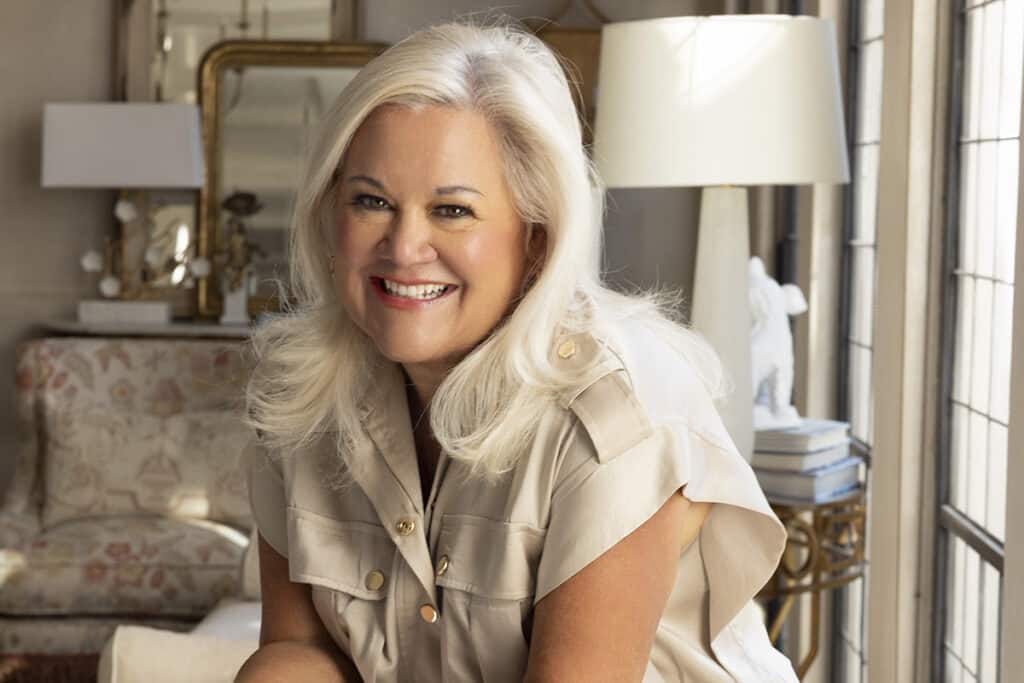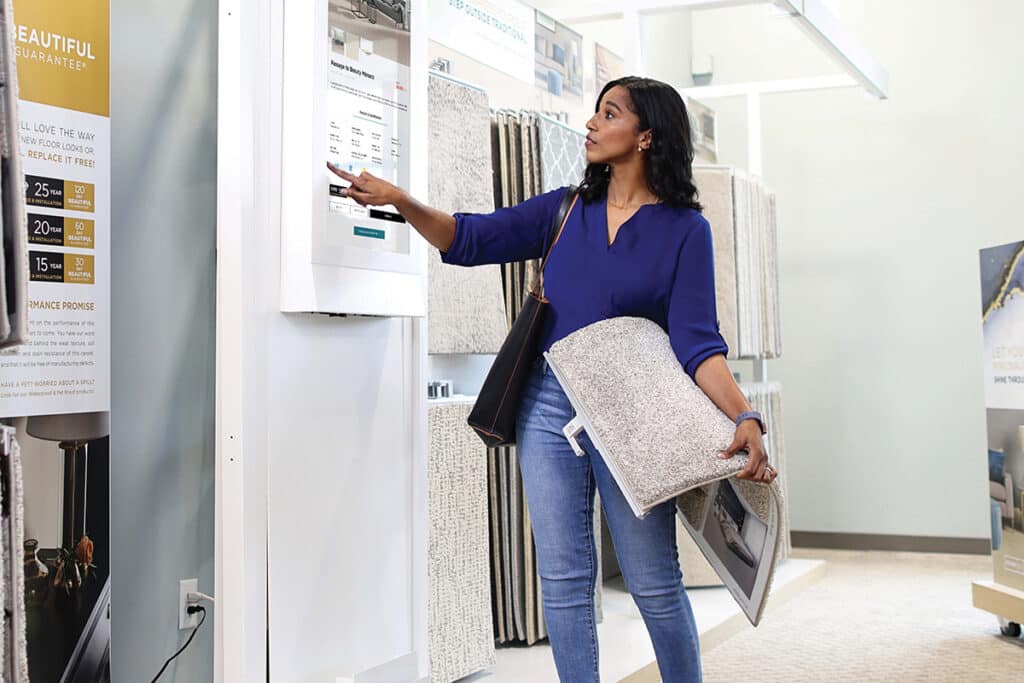
You can do so even as you downsize. When it’s time to downsize from a 3,500-square-foot home to a small apartment in a senior care residence, one of the hardest things to do is clean out the memories. Living in a big house, it’s easy to hide away all the paper detritus that comes with saving children’s drawings, diplomas, hundreds of photos, letters and recipes — they get pitched in boxes and put in the attic. Out of sight, out of mind. But when it’s time to move, all those boxes of memories come out of hiding and have to be handled. Without a plan, it’s a daunting task to decide what to keep and what to shed. How do you simplify the sentimental? First, make a timeline and assemble a team. You know how much you need to weed out, and you know the day the moving van will arrive. Set a goal for the amount of “memories” you’ll deal with each day. Build in some extra time because you’ll get caught up in spells of remembering that will slow you down. Get your family involved, as well — these are their memories, too.
Sort your stuff
Preserving family memories before a move requires some organization. If you have the space, use different rooms in your house to sort items while you are packing. Put all the photos you find on one side of a room and put all the family legal documents on the other side. Family heirlooms in the form of furniture, china, Grandma’s afghans and collections should go in another room; be sure to ask family members what they want. As you gather these items, label them with the recipients’ names and addresses. This will make it much easier to pack and ship them, if necessary, when the time comes.
Share it now
Sometimes we hold onto things because it helps us hold onto people we love who have left our lives. Now is the time to share those things with the ones you love and pass the memories on down. The things that are useful are meant to be shared, not hoarded. Send the afghan to college with your granddaughter and give your husband’s tools to your nephew. Pass the wedding china down with instructions that it be used daily, rather than hidden away in a cupboard. Donate unwanted items to charitable organizations now, to clear space.
Picture it
Decluttering doesn’t mean you have to delete the memory. Gather the things that meant the most to you and photograph them before you share them. Take pictures of yourself using the items. Create a digital memory book that can be passed down. Online services such as Shutterfly and Smilebox exist just for this purpose.
Tell your story
After years spent acquiring stuff, it’s hard to think about letting it go. When you think about it, though, the memories aren’t really in the stuff — they are in the stories associated with the stuff. Tell your stories about how you collected the things you love, where they came from, why they were important to you. There are a number of ways you can do this.
Use video
Have a friend or a family member use a video camera to record you as you walk down memory lane, through your collections and heirlooms. This may require a number of sessions to recall and record everything you want to say. Give some thought ahead of time to this project; you might write an outline so you’ll be organized and less prone to rambling.
Use AUDIO
Uncomfortable around a video camera? Settle into a comfortable chair in front of your computer and use speech recognition software to record your story. Old-fashioned Dictaphones are still available, too. Look for the software at big box stores like Best Buy.
Use TECHNOLOGY
As the baby boomers downsize, technology to help them archive their family history has exploded, especially with the Internet. You might sign up for a service like StoryWorth www.storyworth.com. The service provides you with a list of questions to be answered each week. Your answers go to your family and are stored on a website, to be read privately. This is one way to collect family history.
A scanner may become your family’s best friend. How many years have you prepared the holiday dinners with secret recipes? Get those stacks of loose recipe cards out and scan them. Organize them into a family cookbook and document your family traditions in the process.
 Now, about those photos
Now, about those photos
If there’s anywhere Americans need to simplify, it’s in our photo collections. If you are like other boomers, you were fascinated with cameras when they made the scene. Boomer parents are noted for taking thousands of pictures — and putting them in boxes, mostly without any identification. This “store and ignore” philosophy works with paper items, but it won’t work with digital files. Yet everything you read says to scan those photos and documents and store them digitally.
The Library of Congress has an excellent Internet chapter on personal digital archiving at www.digitalpreservation.gov/personalarchiving. They say the biggest problem with digital archiving is obsolescence. Even current computers may not have hard drives that can read older media, hardware connections that attach to older media or software that works with it. Photos can get trapped on obsolete media.
If your files aren’t well-organized, finding them can be difficult. If your files are scattered among websites, thumb drives, CDs and the cloud, it’s a risky business. If you leave them with an online service, you could lose them if the service goes belly up. CDs, thumb drives and those old floppy disks degrade over time. What should you do?
Organize and back up your files using the four best practices the Library recommends:
1. Locate everything to be saved. Scan items if necessary. Transfer them from CDs, old floppy disks and other storage media, cameras, your phone and anywhere else they may be.
2. Decide what to keep. Pick the nicest photos and discard the rest. You really only need one photo of Uncle Bob carving the Thanksgiving turkey. Keep the best, discard the rest.
3. Organize the files. “There is no set system for organization,” the Library says. “Just make your system consistent and predictable to make it easy to find materials later. Descriptive folder and file names help. Descriptive names could be file types, with photos in a ‘Photo’ folder and documents in a ‘Document’ folder.” You could have subfolders organized by year.
4. Save copies in different places and manage them. Personal files should be backed up in separate locations on at least two different types of storage devices. Professional photographers who rely on digital storage have a “3 -2-1” rule: 3 Make three copies 2 Save at least two on different types of storage media 1 Save one in a different location from where you live
Back up everything on a
regular schedule.
As your storage device becomes obsolete, purchase a new one and back your files up. Keep a record of your backup schedule and your file system and share it with at least one family member.
Are your photos damaged? Photos that are torn, stained or creased may be brought back to life through the magic of digital restoration. They can be printed on archival paper or stored on digital media. Locally, River City Silver is recognized for their work in this art form.
Leave a legacy
As you sort through what to take and what to leave behind, enjoy each memory as it surfaces. If you’ve taken the time to follow your plan and preserve your sentimental journey, you’ll leave a legacy of family history that no one else can provide.




